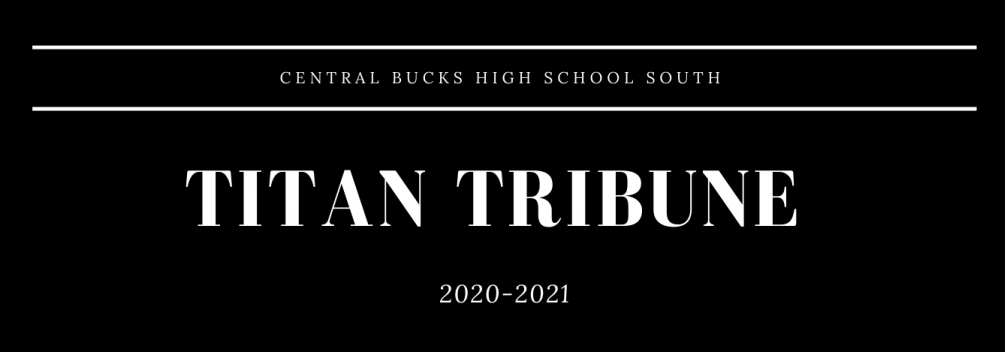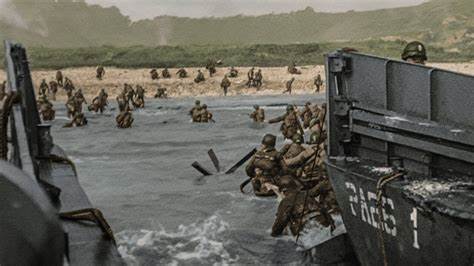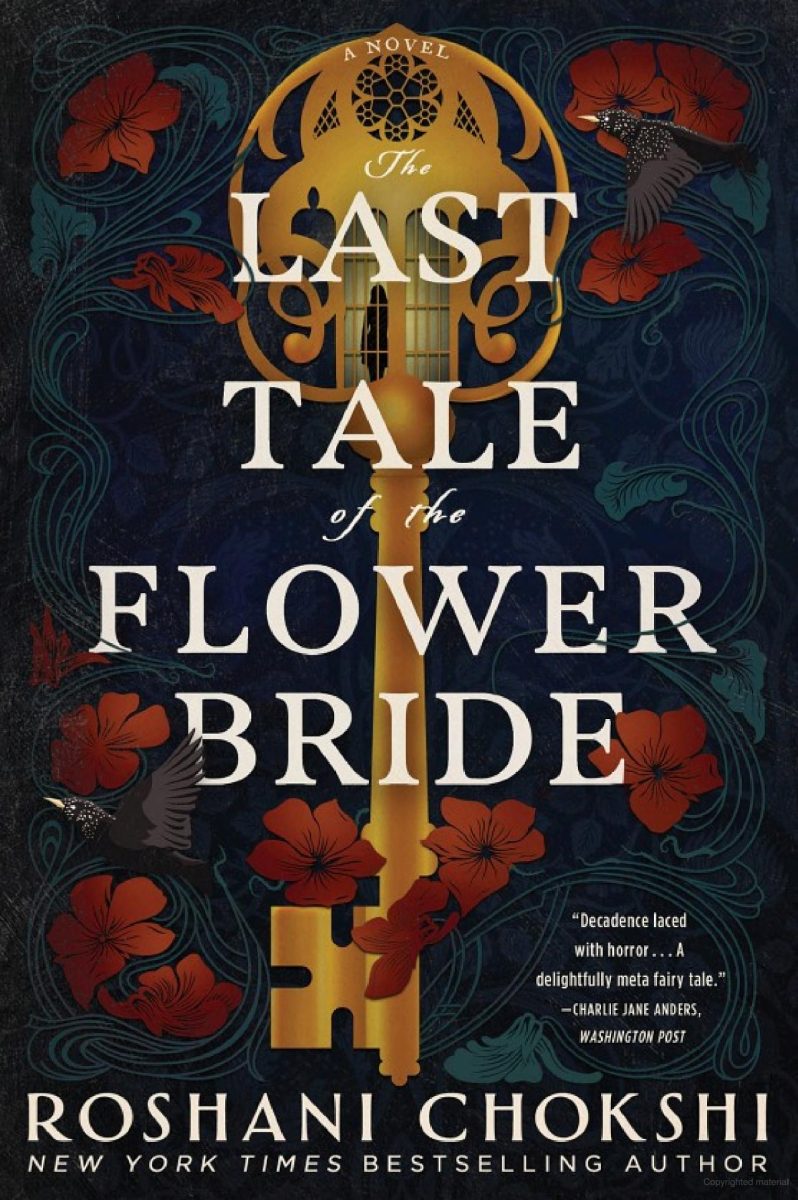Since the end of World War II, media depictions of the conflict and its battles have never ceased to capture our attention. With the 80th anniversary of D-Day today, it’s a better time than ever to catch up on your WWII history, and Netflix’s documentary World War II: From the Frontlines may be the best way to do so.
Content
Using remastered footage, originally taken by the armies of WWII and not to be rediscovered for decades, the Netflix documentary team succeeds in bringing the events of the Second World War to life on screen.
There is rarely a dull moment throughout the documentary’s six episodes—although the genre may not be known for its thrills, World War II: From the Frontlines retains elements of excitement and suspense. Even at-home historians, despite prior knowledge of the documentary’s content, will be kept on the edges of their seats.
Beyond the new footage, the documentary masterfully succeeds in integrating contemporary source material. Next to sound bites of speeches from the war’s larger-than-life leaders are comments from the everyman: interviews new and old from citizens of all the conflict’s major players—Axis powers included—ensuring that the old adage that “history is written by the victors” does not hold. Rather than the typical Americanized bias present in mainstream WWII media, viewers may for the first time be able to hear the accounts of Russian, German, and Japanese soldiers, as well as civilians on the homefront around the world.
Production
The documentary succeeds not just in its content, but in the manner in which it was assembled.
John Boyega’s iconic voice guides viewers as he sweeps them away from battle to battle. Although the focus frequently shifts between the war’s European and Pacific Theaters, seamless transitions ensure viewers never feel lost or overwhelmed.
Engaging graphics and detailed maps show the progression of the war in real time as Boyega narrates it, serving as a helpful visual tool.
Even the documentary’s music works as an artform, allowing viewers’ stomachs to drop along with the atomic bomb, or to feel chills resembling the freezing temperatures at Bastogne. The use of the score is just another way to make events of eighty years past feel lifelike.
Historical Accuracy
The content of the documentary itself remains mostly factually sound, albeit with some minor inaccuracies.
It should be noted that in order to maintain a seamless story with authentic footage throughout, a limited supply of eighty-year-old film forced the documentary to use its clips liberally. While all footage is real, some is taken from other battles or marches and put into different situations.
The footage might not always be fully accurate in the way it lines up with the narration, but it is representative enough of the true events to succeed in depicting the right idea.
More attention could’ve been given to certain watershed moments, like D-Day and the Battle of Midway, which felt like they were glossed over. For being some of the war’s turning points, it felt like the documentary didn’t succeed in giving them the screen time they earned.
The documentary mostly did well with its emphasis and depicted other crucial moments like the Battles of Stalingrad, the Bulge, and Berlin with their deserved importance.
Rating
Despite mild accuracy issues with footage and issues of emphasis, World War II: From the Frontlines is an engaging, enlightening depiction of the war on a global scale. Admittedly, it most likely will never reach the level of revered popularity attained by Band of Brothers and Saving Private Ryan, but its engaging telling of the events of World War II makes it absolutely worth a watch.
Rating: 4.5 out of 5 stars
Info
Genre: Historical documentary
Where to watch: Available on Netflix
Length: Six episodes, around 45 minutes each
Rating: MA (violence, disturbing images, censored nudity)




